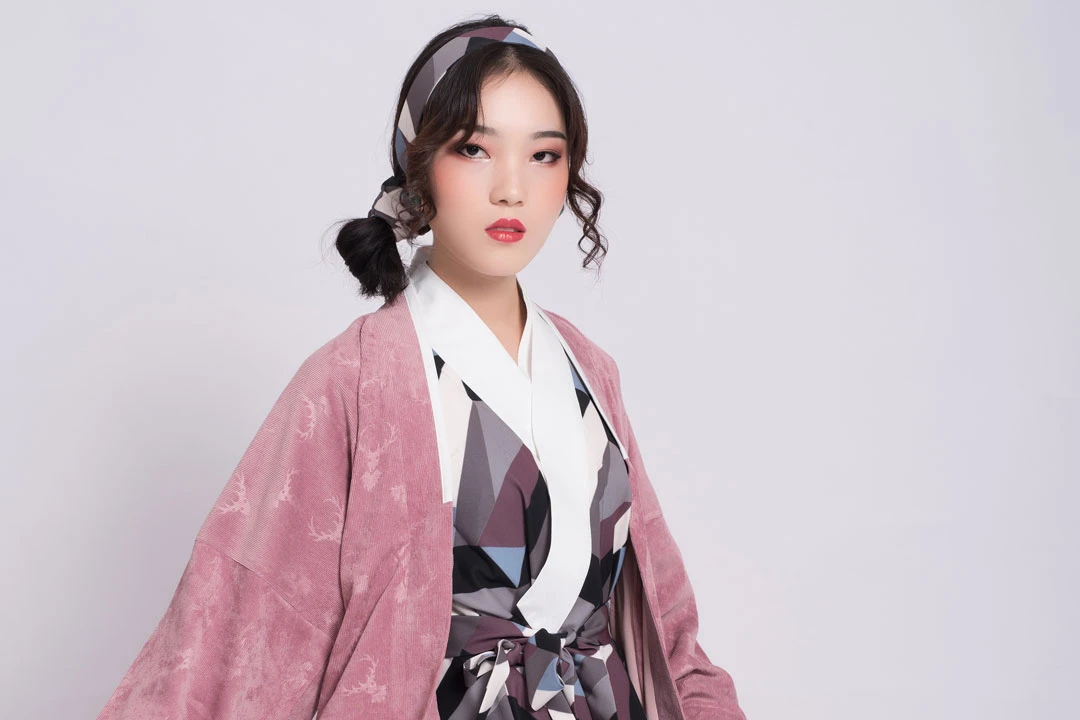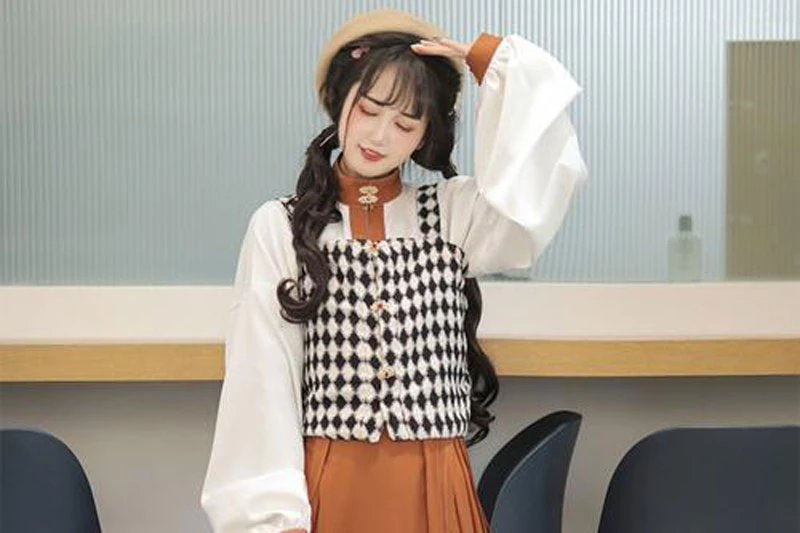Demystifying Hanfu: Navigating Cultural Appreciation with Nuance
Hanfu, the elegant flowing robes worn throughout Chinese history, have seen a revival in recent years. This has sparked global interest, including among non-Chinese. However, as a traditional emblem of Chinese culture, wearing hanfu respectfully and avoiding appropriation requires nuance.
Defining Hanfu Cultural Appreciation
Sharing cultural dress can build community – trying on others’ traditional clothing often occurs at cultural festivals and educational events. Done respectfully, it arises from sincere appreciation, not appropriation.
Appropriation takes cultural elements without permission, proper credit or context. It misrepresents marginalized cultures, treating their symbols like exotic accessories for personal gain, entertainment or mockery.
Appreciation means engaging with a culture’s traditions considerately to expand understanding. It involves:
– Learning about the clothing’s significance
– Wearing it in suitable settings
– Portraying it accurately
– Attributing its origins
– Avoiding stereotypes or costumes
With care, wearing meaningful pieces from another culture can foster connection and inclusion. The key is practicing cultural exchange with deference, not entitlement.
Hanfu Cultural Significance
Chinese hanfu dre represented the dresses of China’s Han majority. It holds deep cultural meaning:
– Hanfu connects to over 3000 years of Chinese history, values and craftsmanship.
– Its elegant silhouettes, luxurious textiles and embroidered motifs reflect Confucian ideals of virtue, status and sophistication.
– Color symbolism conveys cultural meanings. Certain elements identified imperial, wedding, or official dress.
– For ethnic Chinese, donning hanfu expresses cultural heritage pride.
– Youth subculture enthusiasts find community and creative outlets in hanfu’s visual appeal.
Given these connotations, wearing hanfu as an outsider merits mindful consideration beyond just its aesthetic beauty. Thoughtfulness prevents disconnect from its cultural significance.
When is Wearing Hanfu Appropriate?
Certain settings indicate culturally appropriate contexts for those unfamiliar with hanfu to respectfully wear and appreciate elements of the dress:
– Educational events about Chinese culture like museum exhibits, classes, or cross-cultural exchanges. Trying on hanfu while learning about its background fosters understanding.
– Multicultural festivals or celebrations of world cultures, where attendees consensually share dress from their traditions and learn from each other.
– Theatrical productions, fashion shows, or photography shoots incorporating hanfu in considered ways.
– Tourist sites in China designated for dressing up in traditional Chinese clothing for photos as a fun activity.
– Private social settings among close friends or counterparts who have specifically offered to share their cultural dress respectfully.
However, those unaware of hanfu’s deeper meaning should avoid wearing it casually in everyday public situations or as a random costume. Appropriation risks increase without context.
How to Wear Hanfu Respectfully?
If the occasion arises to wear hanfu temporarily, below are some key guidelines to avoid disrespect:
- Seek proper instruction from Chinese hanfu practitioners on appropriate garments, combinations and dressing methods. Their guidance prevents misrepresenting the traditions.
- Choose plainer pieces and avoid heavily embroidered styles or imperial colors reserved for Chinese nobility based on cultural protocol.
- Avoid sexualized or intentionally modernized “hybrid” attempts without understanding artistic conventions.
- Portray hanfu with accuracy. Do not mix with other Asian traditional dresses, or alter details arbitrarily.
- Ask Chinese hanfu hobbyists to guide photography, avoiding caricatures or suggestive poses contrary to hanfu’s demure cultural aesthetics.
- Explicitly explain hanfu’s Chinese roots if asked about the clothing or sharing photos. Do not claim it as your own culture.
- Focus on cultural education and exchange. Reciprocate by thoughtfully sharing your own heritage when offered to try hanfu.
- Thank Chinese hosts for the opportunity to respectfully experience a beautiful traditional art form. Express interest in continuous learning.
Can Foreigners Wear Hanfu Respectfully?
In short, non-Chinese individuals can at times thoughtfully partake in hanfu culture if approaching it as a gesture of cross-cultural understanding rather than entitled adoption. However, casual wearing risks disrespect without proper context and guidance.
Provided the clothing is worn with care and deference, under appropriate settings and guidance, foreign participation can foster cultural bridges. But it requires ongoing sensitive dialogue, not commercial appropriation or exoticism.
Ultimately, nuanced exchange creates inclusion, while broad claims of cultural ownership produce divisions we hope to heal in an interconnected world. With open minds, cultural clothing can bring people together – when practiced considerately.


